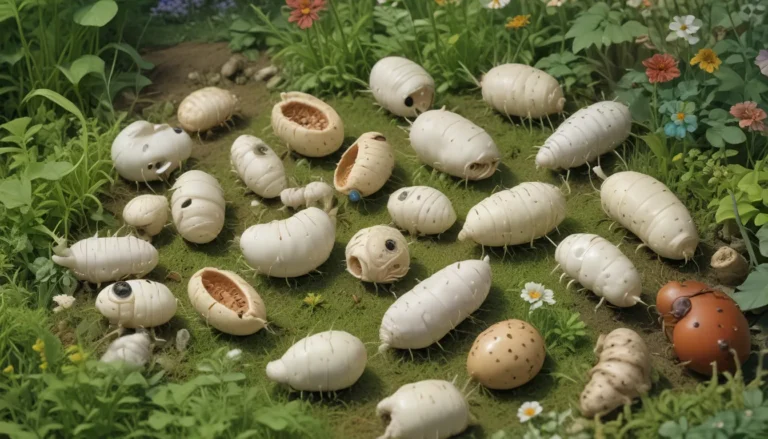A Comprehensive Guide to Canna Lily Diseases: Identifying, Treating, and Preventing Issues

Are you a fan of tropical garden getaways? If so, you’re probably familiar with the stunning beauty of canna lilies. Their vibrant colors and lush foliage can transform any outdoor space into a tropical paradise.
However, while these water-loving plants thrive in sunny, humid conditions, they are also prone to diseases caused by fungi, bacteria, and pests.
Don’t worry! Canna lilies are relatively easy to grow and maintain, making them ideal for any garden. If you live in USDA Hardiness Zones 7 to 10 and have a passion for tropical plants, canna lilies are a must-have in your garden.
In this in-depth guide, we’ll explore the most common diseases that can affect your canna lilies, along with practical tips on identification, treatment, and prevention.
How to Identify and Manage Common Canna Lily Diseases
1. Bacterial Leaf Spot and Bud Rot
Bacterial leaf spot and bud rot is caused by the bacteria Xanthomonas cannae. This infection can lead to yellowing of leaves, lesions, and eventual necrosis. To manage this disease:
- Remove affected foliage promptly and dispose of them properly.
- Improve airflow by thinning out plant stalks.
- Avoid overhead watering to prevent disease spread.
- Use a liquid copper-based fungicide spray to control bacterial leaf spot.
2. Botrytis Blight
Botrytis blight, or gray mold, is caused by the fungus Botrytis cinerea. Symptoms include brown spots and gray fuzzy mold on leaves and flower buds. To prevent and manage Botrytis blight:
- Enhance air circulation and prune dead foliage.
- Apply a broad-spectrum copper-based fungicide or a beneficial bacteria-based solution like Bonide’s Revitalize Biofungicide.
3. Rhizome Rot
Rhizome rot is caused by soilborne fungi like Sclerotium rolfsii and Fusarium species. Symptoms include rotting rhizomes and white fungal growth. Prevention and treatment involve:
- Thinning and dividing plants to improve air circulation.
- Removing infected plants entirely and disposing of them properly.
4. Rust
Canna rust, caused by the fungus Puccinia thaliae, thrives in wet, humid conditions. Symptoms include yellow pustules on leaves and flowers. To manage rust:
- Remove affected foliage and plants.
- Implement a fungicide rotation strategy using copper-based fungicides and biological fungicides.
5. Viruses
Canna lilies are susceptible to various viruses, such as Bean Yellow Mosaic Virus (BYMV), Canna Yellow Mottle Virus (CYMV), Canna Yellow Streak Virus (CaYSV), Cucumber Mosaic Virus (CMV), and Tomato Aspermy Virus (TAV). To address viral infections:
- Identify symptoms like stunted growth, leaf deformities, and color streaking.
- Remove infected plants and sanitize gardening tools to prevent spread.
- Consider proactive measures like controlling aphids, practicing good sanitation, and using virus-resistant varieties to minimize infection risk.
Canna You Dig It?
In conclusion, canna lilies are stunning plants that can bring a touch of the tropics to your garden. By understanding and implementing proper disease management practices, you can enjoy healthy and vibrant canna lilies throughout the growing season.
Remember to keep your planting area clean, provide adequate airflow, and monitor your plants for any signs of disease. If issues arise, don’t hesitate to take action using appropriate fungicides and preventive measures.
Have you encountered any of these diseases while growing canna lilies? Share your experiences in the comments below!
For more information on caring for canna lilies, explore our guides on fertilization, pest control, and winter storage. Dive into the world of canna lilies and create a tropical oasis in your garden!
By incorporating practical tips and detailed information, this revised article offers a comprehensive guide to help readers identify, treat, and prevent common diseases affecting canna lilies. The conversational tone and user-friendly format make it an engaging and informative read for gardening enthusiasts.





